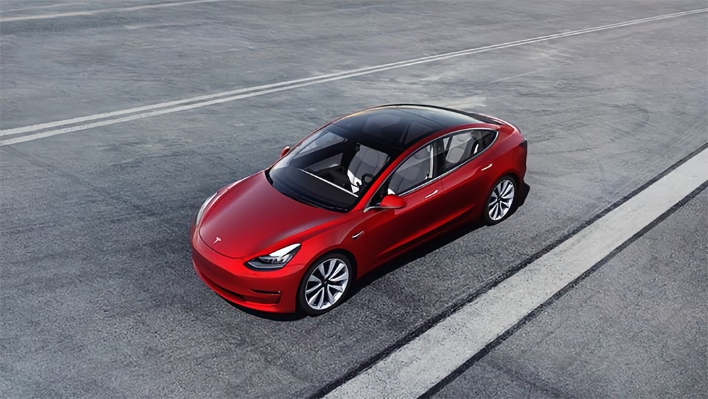Tesla Model 3 Pwned As Hack Disables Autopilot Notifications, Speedometer, Climate Controls And More

That complex integration of software and hardware is coming to light in findings posted by “Jacob A” of SafeKeep Cybersecurity. Jacob describes himself as a veteran security engineer that has disclosed previous Model 3 vulnerabilities. This time around, he has uncovered a denial of service (DoS) exploit within the web interface that runs on the Model 3’s central display. This display is the only way to gain access to many major vehicle functions and see things like current speed, range, charge status, autopilot status, etc.
Due to a JIT bug found in the web browser, Jacob was able to craft a malicious web page that can be accessed from the central display while driving (yes, you can interact with the internet while driving a Model 3). Once you visit this web page, it completely freezes the display screen, including all information that is currently being shown.
That means that you can no longer interact with the display by touch to modify vehicle settings (i.e. climate control and seat heater functions), while the speedometer is also frozen. While you can physically use your turn signals, the repeating arrows on the display no longer work. In addition, all notifications for Autopilot cease to operate, although Jacob adds, “If you keep pressure on the wheel, AP will continue to function.”
According to Jacob, this vulnerability affects all Model 3 vehicles running software version 2020.4.10 or older. However, he was able to work with the software engineers at Tesla – following proper disclosure practices with Tesla’s Bugcrowd bounty program – so that it is resolved starting with all subsequent Model 3 software updates.
In other Tesla news, the company just recently started deliveries of its Model Y crossover. The Model Y is largely based on the Model 3, and features a more versatile hatchback design rather than a trunk. It also has seating for up to 7 people, but we’d imagine that only children would be [mildly] comfortable in the third row.

